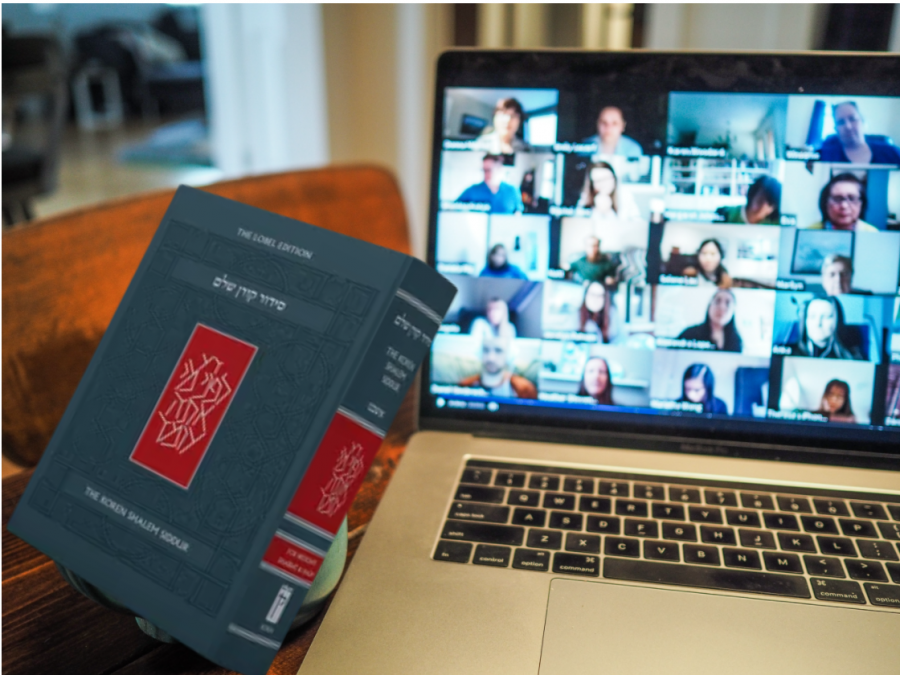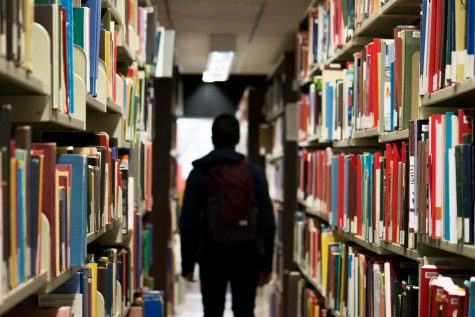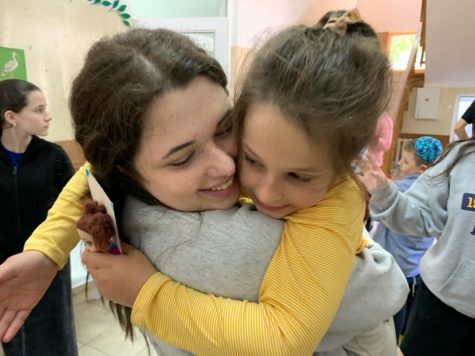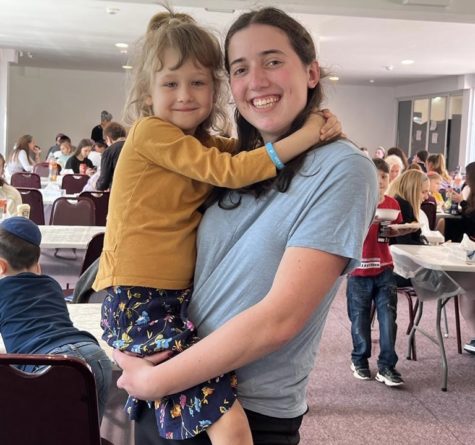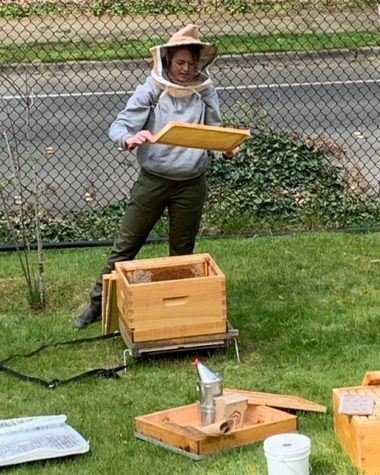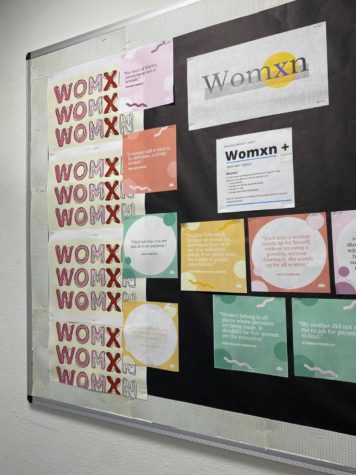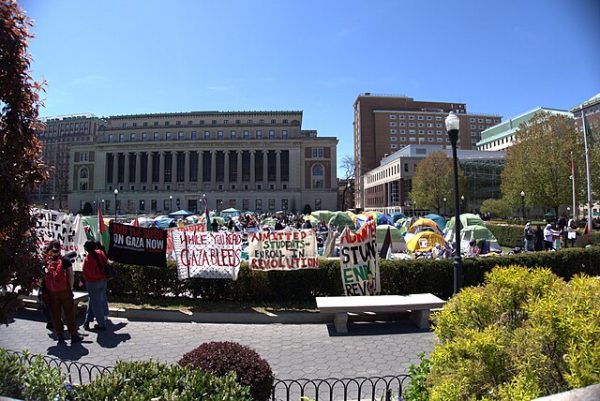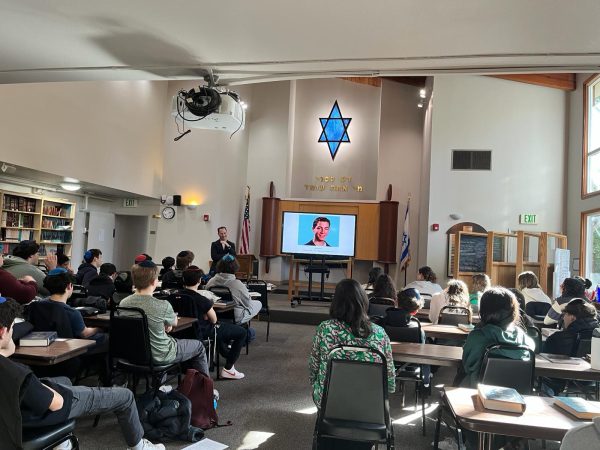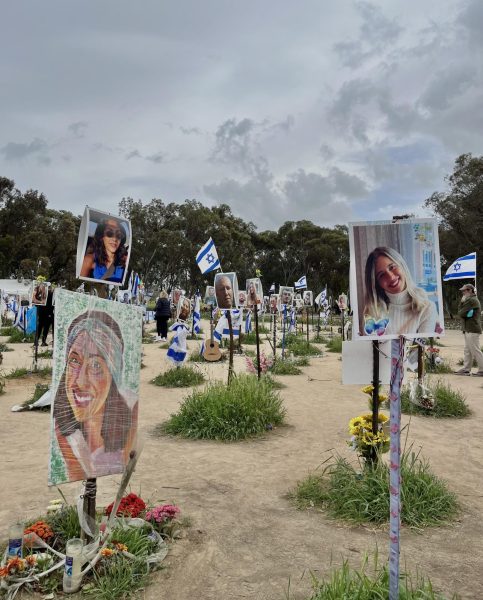The perks of pandemic prayer
Covid has changed the nature of the synagogue, but it’s not all for the worse.
Kissing the Torah and shaking hands is no longer an aspect of synagogue life. Since the pandemic started in March of 2020, synagogues have closed their doors and moved many services and social gatherings to Zoom. However, there are still many perks of the new synagogue life. From Zoom prayers to socially distanced outdoor Shabbat services, communities are making the best of a tough situation.
“We have this lemon of a pandemic, and as best as we can, we are making lemonade. We have really had to think about alternatives to the norm,” says Albert Israel, President of Ezra Bessaroth, a Sephardic Orthodox synagogue in Seward Park.
Praying and congregating on Zoom, along with the challenges and difficulties, has had some unexpected benefits. For Rabbi Daniel Weiner of Temple De Hirsch Sinai, a Reform synagogue on Capitol Hill and in Bellevue, Zoom allows congregants to read facial expressions in a more direct and close-up way. “The intimacy of Zoom worship and study, in which we are better able to see and sense the expressions and emotions of a close shot of faces, has deepened both experiences,” Weiner said.
Another major benefit of congregating on Zoom is the inclusivity it provides communities. Health risks, travel expenses, and long commutes were all barriers that prevented people from attending their events and services. Congregating on Zoom eliminates those obstacles and provides a convenient and easy way to gather together. Grandparents who weren’t able to travel to their grandchild’s bar/bat mitzvah and families not being able to attend shiva minyans are two ways in which Zoom has widened the reach of inclusivity throughout synagogue life.
“Biggest positive from praying on Zoom are including people who are not local—especially for Shiva minyanim and having relatives join—or who live far away in Seattle where traffic and a commute would not allow them to attend,” said Rabbi Jill Borodin, Rabbi of Beth Shalom, a Conservative synagogue in North Seattle.
Just like Beth Shalom, Ezra Bessaroth has been able to expand its attendance through Zoom. “More people have been attending the minyanim; some of the people are even out of town, or in the outskirts of town, and normally wouldn’t join us,” said Israel.
People have also been able to reconnect to their community members in ways they weren’t able to before. “We’re all able to keep the connection to their old hometown and synagogue alive; electronically but still alive,” said Israel. Communities have been able to reconnect through Zoom and get back in touch in a convenient way.
Congregations have been adapting and reshaping the way synagogue life looks to continue to provide a sense of community in a very difficult and strange time. Communities throughout Seattle have epitomized what it means to persevere and adapt to the circumstances to keep a consistent and meaningful religious experience that resembles a sense of normalcy for its congregants. “Receiving photos from preschool kids watching me do a Tot Shabbat on screen—[it’s] both heartbreaking and uplifting that the connection to Judaism transcends the limits of our current moment,” said Rabbi Weiner.
Although most synagogues are meeting solely on Zoom, some congregations have been able to hold in-person services. Ezra Bessaroth resumed in-person synagogue last spring after a three-month break by holding services outside in the courtyard and in the adjacent social hall, which has large sliding doors that stay open for ventilation. “Summer, fall, winter or spring, we maintained a presence outside,” said Albert Israel.
Shifting services from the comfort of the sanctuary to the outside unpredictable Seattle weather shows the determination of communities to keep everyone healthy and safe but also connected to their religion and community members. Communities are willing to sacrifice their comfort to be together in a safe way. Said Weiner: “Our adaptation is in the best spirit of the Jewish people throughout our history, who have adapted to not only survive, but to remain connected to one another and the most cherished principles of our tradition.”

